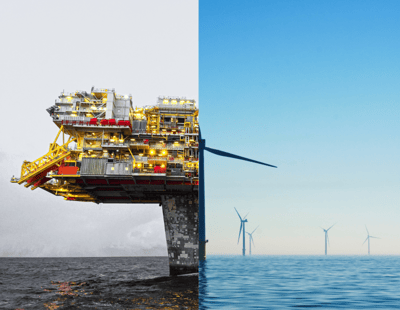In recent years, the world has seen a significant push towards renewable energy sources and the adoption of more sustainable practices. However, despite these efforts, Roberto Bocca, head of energy, materials and infrastructure and member of the executive committee of the World Economic Forum has stated that the world is not moving fast enough to meet the goals set out in the Paris Agreement. In order to limit global warming to 1.5°C above pre-industrial levels, the world needs to achieve net-zero carbon emissions.
What is net zero?
Net zero refers to a state where the amount of carbon emissions produced is balanced by the amount removed from the atmosphere. Achieving net-zero is crucial to limit the impact of climate change, and requires a significant shift towards renewable energy sources, energy efficiency, and the implementation of environmentally friendly practices across industries.
Why are we falling behind?
While there has been progress made in the transition towards cleaner energy, much more needs to be done to achieve net-zero carbon emissions. According to the International Energy Agency, to reach net-zero by 2050, we need to scale up our solar and wind energy use during this decade, “reaching annual additions of 630 gigawatts (GW) of solar photovoltaics (PV) and 390 GW of wind by 2030, four‐times the record levels set in 2020.” This requires a collective effort from governments, businesses, and individuals around the world.

Switching to renewable energy investment and usage from fossil fuels is key to reaching net zero.
What can we do to help reach net zero?
One of the main challenges facing the world’s transition to net-zero is the lack of investment in renewable energy sources. Governments and businesses need to prioritise investing in sustainable infrastructure and technologies, as well as implementing policies and regulations that encourage the adoption of sustainable practices. This includes incentivising the use of renewable energy sources, promoting energy-efficient buildings and transportation, and increasing public awareness and education about these practices.
Individuals also have a crucial role to play in the transition to net-zero. Small changes in our daily lives, such as reducing energy consumption, using public transportation, and adopting sustainable habits, can make a significant impact on the environment. It is important for individuals to hold themselves accountable and take action towards a sustainable future.
While the world is making progress towards a cleaner and more sustainable future, it is not moving fast enough to achieve net-zero carbon emissions. Achieving this goal requires a collective effort from governments, businesses, and individuals around the world. By investing in sustainable infrastructure and technologies, implementing policies and regulations that encourage eco-friendly practices, and taking individual action, we can work towards a net-zero future and limit the impact of climate change.


